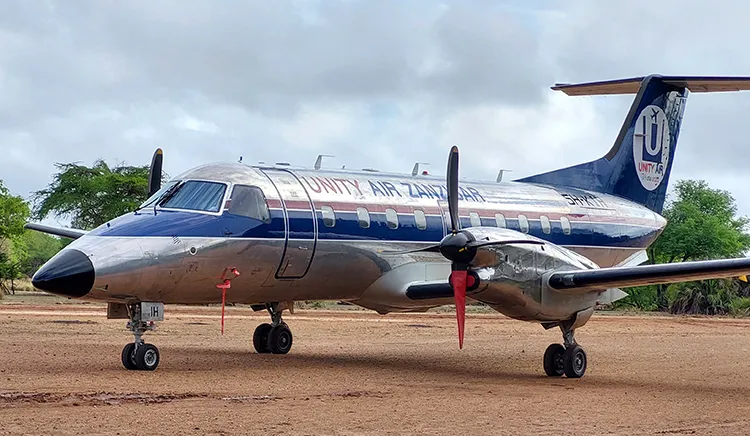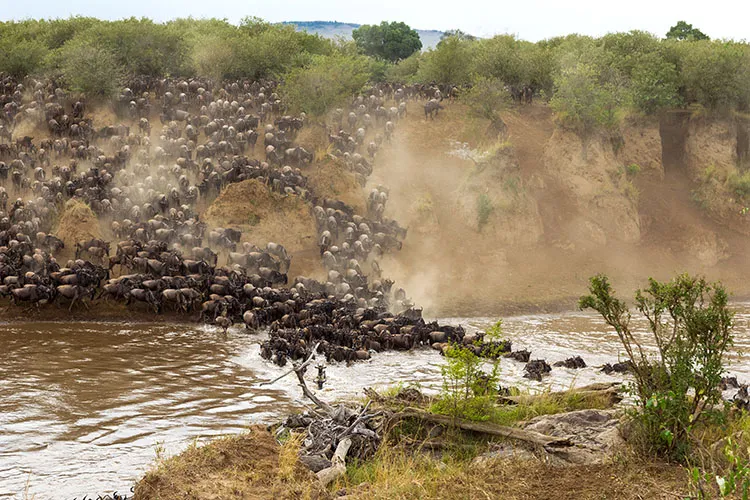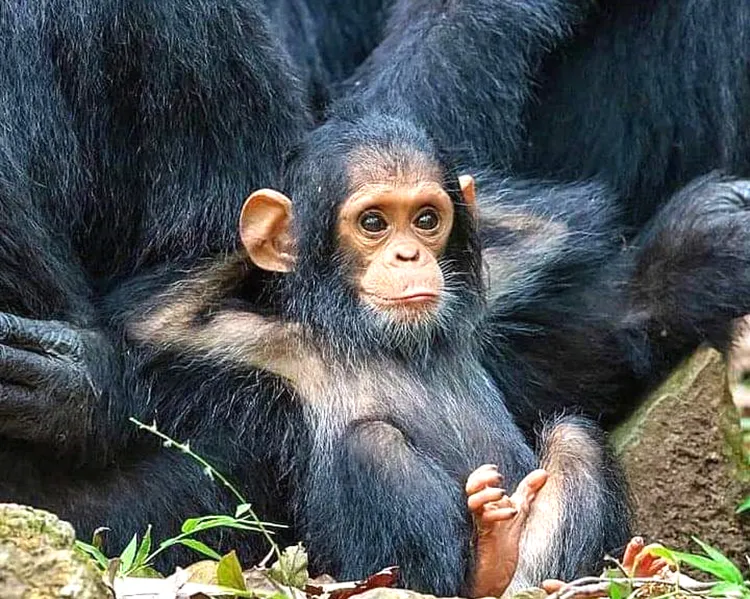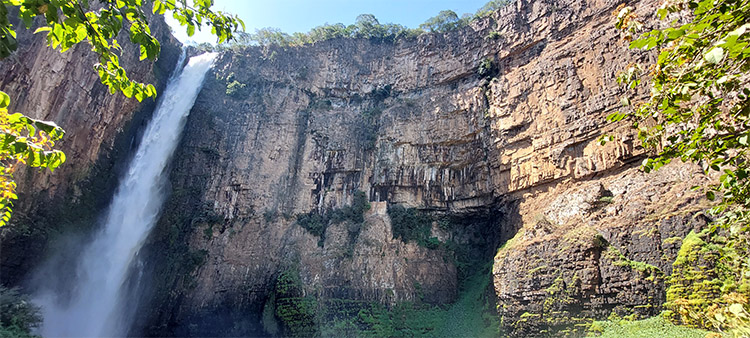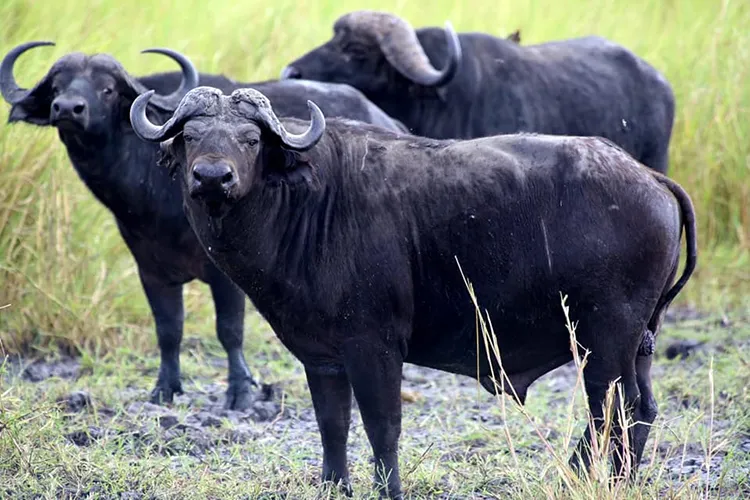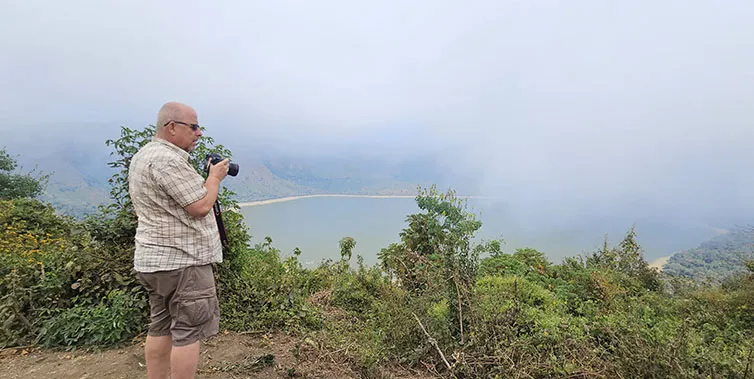The Ultimate Guide to Visiting Ngorongoro Conservation Area
The Ngorongoro Conservation Area is one of Tanzania’s most iconic and breathtaking destinations, located in the northern part of the country, about 180 kilometres west of Arusha. Spanning over 8,000 square kilometres, this UNESCO World Heritage Site is a place where wildlife, nature, and culture coexist in perfect harmony. Established in 1959, the conservation area is part of the larger Serengeti ecosystem and is globally renowned for its dramatic landscapes, rich wildlife, and profound cultural heritage. The area was created with a unique purpose: to conserve wildlife while allowing the semi-nomadic Maasai people to live and graze their livestock in the same land, maintaining a balance between nature and tradition. The heart of the conservation area is the Ngorongoro Crater, the largest and most intact volcanic caldera in the world. Formed approximately two to three million years ago when a massive volcano collapsed, the crater spans about 19 kilometres across and covers an area of 260 square kilometres. It stands as a natural sanctuary, home to over 25,000 large animals and an incredible diversity of habitats, including grasslands, woodlands, swamps, and a soda lake. The crater’s steep walls rise to 600 meters high, creating a stunning natural enclosure that supports one of the densest wildlife populations on earth. Best Time to Visit Ngorongoro Conservation Area The Ngorongoro Conservation Area can be visited throughout the year, but the experience varies with the seasons. The dry season, from June to October, offers the best conditions for game viewing, as vegetation is sparse and animals gather around permanent water sources, making them easier to spot. The wet season, from November to May, transforms the highlands into a lush green paradise, attracting migratory birds and newborn animals. During this time, the landscape becomes breathtaking, making it an ideal spot for photography and nature lovers. Temperatures generally range between 6°C at night and 25°C during the day, providing a comfortable climate year-round. Attractions in Ngorongoro Conservation Area Ngorongoro Crater: This is the crown jewel of the area and one of the world’s natural wonders. The crater floor supports thousands of animals year-round and offers one of the most spectacular safari experiences in Tanzania. Empakai Crater: A scenic crater filled with a deep soda lake surrounded by steep forested walls. It’s a perfect destination for hiking and birdwatching, with flamingos often seen feeding in the lake. Olmoti Crater: Known for its lush highlands and the Munge Waterfall, which flows into the Ngorongoro Crater. It offers peaceful hikes through mountain forests and grasslands. The Northern Highland Forest Reserve: This forested area, located in the Ngorongoro Highlands, is home to leopards, buffalo, and a diverse array of bird species. It’s an essential source of water for the region and an excellent place for nature walks. Endoro Waterfalls: A beautiful natural waterfall near Karatu, ideal for hiking and relaxation. The trail to the waterfall passes through dense forest, providing opportunities to spot monkeys and birds. Endoro Elephant Caves: These ancient caves were created by elephants digging into the soft rock in search of minerals. The site combines nature, history, and wildlife viewing in a single hike. Olduvai Gorge: Known as the “Cradle of Mankind,” this archaeological site has revealed fossils and stone tools of early humans dating back nearly two million years. It’s a must-visit for history enthusiasts. The New Olduvai Gorge Museum: A modern facility displaying the remarkable discoveries of Dr Louis and Mary Leakey. It offers interactive exhibits that tell the story of human evolution in East Africa. Dr Mary Leakey Living Museum: This open-air museum showcases the life and work of the famous archaeologist Dr Mary Leakey. Visitors can see her original research station and learn about the discoveries that shaped our understanding of human origins. Laetoli Footprints: These ancient footprints, preserved in volcanic ash, are among the oldest evidence of human ancestors walking upright. The site offers a fascinating glimpse into the journey of early humans. Shifting Sand: A natural wonder where a crescent-shaped dune of volcanic ash moves slowly across the plains due to strong wind patterns. It’s a rare geological phenomenon unique to the Ngorongoro Crater. Lolmalasin Mountain: Standing at 3,648 meters, it is the highest mountain in the Ngorongoro Highlands and the third-highest in Tanzania. The climb offers panoramic views of the Great Rift Valley and surrounding landscapes. Olkarien Gorge: A dramatic gorge located northeast of the conservation area, known as a breeding site for Rüppell’s Griffon Vultures. It’s an excellent spot for scenic hikes and birdwatching. Nasera RockA massive granite monolith rising from the plains near the Gol Mountains. It’s both a scenic and historical site where Stone Age artefacts have been discovered. Ndutu Plains: Situated between the Ngorongoro and Serengeti ecosystems, Ndutu is renowned for the wildebeest calving season, which takes place between December and March. It’s also a hotspot for predators such as lions and cheetahs. Gol Mountain and Sale Plains: These remote and rugged landscapes are perfect for adventurous travellers seeking off-the-beaten-path safaris. The area is rich in Maasai culture and offers stunning wilderness scenery. Popular Activities in Ngorongoro Conservation Area Game Drives Game drives in Ngorongoro are among the most unforgettable safari experiences in Africa. Guided by professional rangers or experts from Kanuth Adventure Safaris, visitors descend into the crater floor in 4×4 safari vehicles to explore its rich ecosystem. Here, you can witness large herds of wildebeests, zebras, buffaloes, gazelles, and elephants roaming freely. Lions are easily spotted, while leopards and cheetahs add excitement to every drive. The crater is also one of the few places in East Africa where you can reliably see the endangered black rhino. Morning and late afternoon drives provide the best light and wildlife activity, ensuring magical and memorable encounters. Nature Walks Nature walks around the Ngorongoro highlands offer an intimate way to experience the landscape. Accompanied by armed rangers and Maasai guides, visitors can explore forested slopes, grassy ridges, and scenic viewpoints overlooking the crater. These walks offer a chance to discover native flora, wildlife tracks, and the Maasai

